Where To Put Security Cameras Around House?
When it comes to home security, one of the most effective measures you can take is the strategic placement of security cameras around your property. Properly positioned cameras not only deter potential intruders but also provide valuable evidence in the event of a security breach. In this article, we will explore the best locations to install security cameras around your house, ensuring maximum coverage and protection.

1. Front Door
The front door is the primary entry point for most homes, making it a critical location for a security camera. Statistics show that a significant percentage of burglars enter through the front door. Placing a camera here allows you to monitor who comes and goes, whether it's a delivery person, a visitor, or a potential intruder. For optimal coverage, position the camera at a height that captures the entire doorway and any individuals approaching it.
2. Back Door
The back door is another common entry point for intruders. Often less visible from the street, it can be an attractive target for burglars. Installing a camera at the back door provides an additional layer of security, ensuring that this vulnerable area is monitored. As with the front door, position the camera to capture the entire doorway and the surrounding area.
3. Garage and Driveway
Garages and driveways are often overlooked when it comes to security, but they are prime targets for thieves. A camera in this location can help you monitor vehicles, tools, and other valuable items stored in the garage. Additionally, it can capture any suspicious activity around your vehicles. Place the camera to cover the entire driveway and garage entrance, ensuring that any movement is detected.
4. Side Gates and Entrances
Side gates and entrances are often used by intruders to gain access to the backyard or other less visible areas of the property. Installing cameras at these points can help you monitor any unauthorized access. Ensure that the cameras are positioned to cover the entire gate or entrance, as well as the surrounding area.
5. Backyard
The backyard is another area that requires monitoring, especially if it contains valuable items such as outdoor furniture, grills, or play equipment. A camera in the backyard can also help you keep an eye on children or pets while they are outside. Position the camera to cover the entire yard, including any entry points such as gates or fences.
6. Windows
Windows are a common entry point for burglars, especially those that are hidden from view or easily accessible. Installing cameras to monitor ground-floor windows can help deter intruders and capture any suspicious activity. Position the cameras to cover the entire window area, ensuring that any attempts to break in are recorded.
7. Common Areas
In addition to exterior cameras, consider placing cameras in common areas inside the home, such as the living room, kitchen, or hallway. These cameras can provide valuable footage in the event of a break-in and help you monitor the activities of anyone inside the house. Ensure that the cameras are positioned to cover the entire room, with a clear view of entry points.
8. Blind Spots
Every property has blind spots—areas that are not easily visible from the street or other parts of the house. These spots can be attractive to intruders looking for a way to enter undetected. Conduct a thorough assessment of your property to identify any blind spots and install cameras to cover these areas. This may include corners of the house, areas behind large structures, or dense foliage.
9. Perimeter
Monitoring the perimeter of your property can provide an early warning of any suspicious activity. Install cameras along the fence line or property boundary to capture any movement around the edges of your property. This can help you detect potential intruders before they reach the house.
10. High-Risk Areas
Finally, consider any high-risk areas specific to your property. This could include locations where valuable items are stored, such as a shed or workshop, or areas that are particularly vulnerable to break-ins. Install cameras in these high-risk areas to ensure they are adequately monitored.
Tips for Effective Camera Placement
- Height and Angle: Position cameras at a height that captures clear images of faces and activities. Avoid placing them too high, as this can result in poor image quality.
- Lighting: Ensure that cameras are placed in well-lit areas or have built-in night vision capabilities. Proper lighting is essential for capturing clear footage, especially at night.
- Weather Protection: Use weatherproof cameras for outdoor locations to ensure they function properly in all conditions.
- Visibility: While some cameras should be visible to deter intruders, others can be hidden to capture activity without alerting potential intruders.
- Connectivity: Ensure that cameras are connected to a reliable power source and have a stable internet connection for remote monitoring.
Strategically placing security cameras around your house is a crucial step in enhancing your home security. By covering key entry points, monitoring vulnerable areas, and ensuring proper camera placement, you can create a comprehensive security system that deters intruders and provides valuable evidence in the event of a security breach. Remember to regularly check and maintain your cameras to ensure they are functioning correctly and providing the best possible protection for your home.

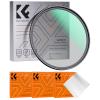


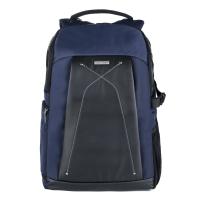
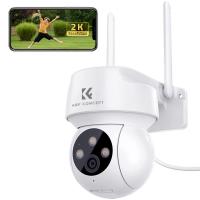
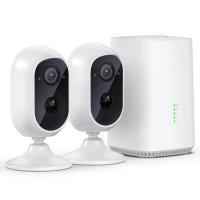

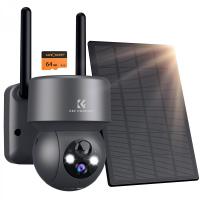


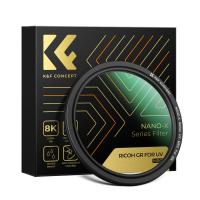
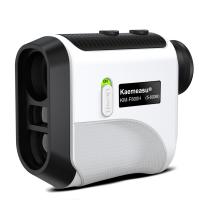


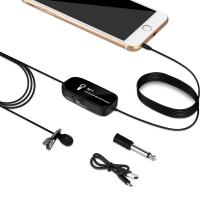


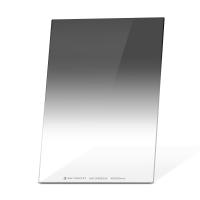
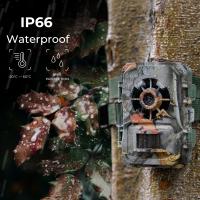

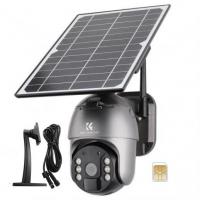

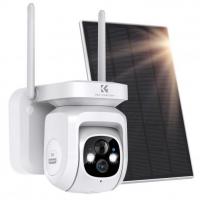


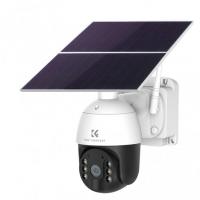



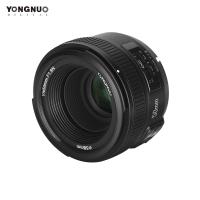


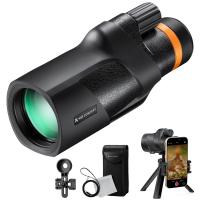

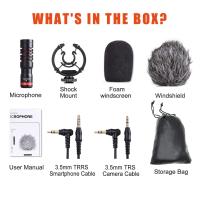
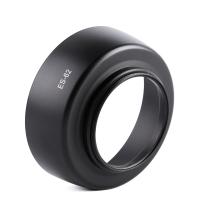


There are no comments for this blog.